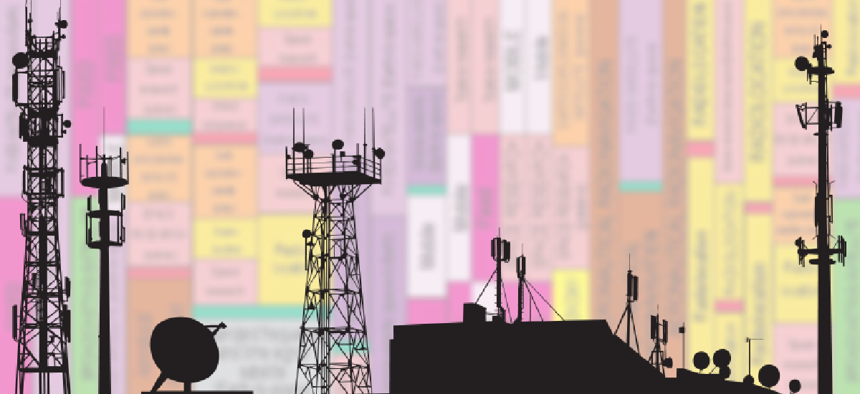Get ready for a 'text' from POTUS

FEMA and the FCC are teaming up to test an emergency alert system that includes a presidential message sent to wireless phones.

The mobile device-owning public won't be able to opt out a test of the presidential-level Wireless Emergency Alert on Oct. 3, according to senior officials at the Federal Emergency Management Agency and the Federal Communications Commission.
The two agencies are set to conduct nationwide tests of two national emergency alert systems on Wednesday afternoon. The agencies will test for the Presidential-level Wireless Emergency Alert system on commercial wireless networks for the first time ever. That alert will go out at 2:18 pm eastern time, according to a senior FEMA official on an Oct. 2 call with reporters.
At 2:20, the agencies will also test the Emergency Alert System that goes out via broadcast, cable, satellite and wireline communications systems.
The FEMA official explained that some wireless device owners can "opt-out" of lower-level alerts on their phone settings, such as threat warnings that can accompany weather events and Amber alerts that warn of endangered children. With the presidential-level alert, that won't be possible, the official said.
That top-level alert is to be used only in dire instances of national emergency, he said, and it was ruled as the alerts were created that such messages should reach all Americans with devices linked to telecommunications networks.
The presidential-level WEA test raised some eyebrows in September when it was announced by FEMA and the FCC, as some critics worried President Trump might use it to broadcast political messages. The FEMA official on the call stressed that the president can't send out an alert on a whim because of legal and logistical constraints. “The president will not initiate the call,” he said.
The WEA will be made through a proprietary software system developed for the application, said the official, adding that FEMA expects about 75 percent of mobile phones will receive the message. He said the alert could show up on various wireless devices that have received alerts in the past, including smartwatches.
The alert probably won't arrive on all those devices at the same time, however. It depends on how carrier networks process it, but the message will "be active" through those commercial wireless networks for about 30 minutes, he said.
Although participation in WEA isn't mandatory, all the major wireless carriers will do so, he said.
The initial test date was pushed from September to Oct. 3 because of Hurricane Florence.
NEXT STORY: Meet the Marines' new CIO





